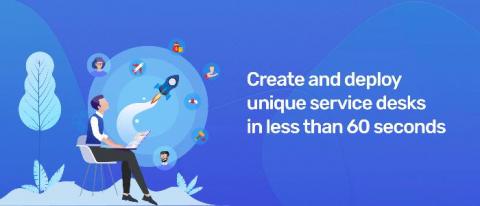A single person on-call "rotation" is a critical vulnerability
One of the most common complaints we hear from operations and site reliability engineers is about the quality of life impacts and the resulting stress imposed by their on-call responsibilities. Most of us are already aware that a proper on-call rotation is critical to our engineering organization’s health in terms of both immediate incident response and long-term sustainable growth.











